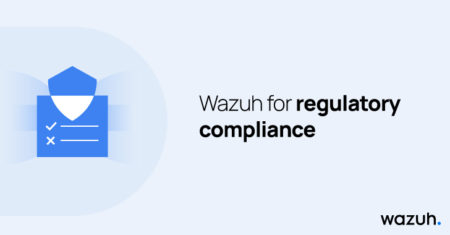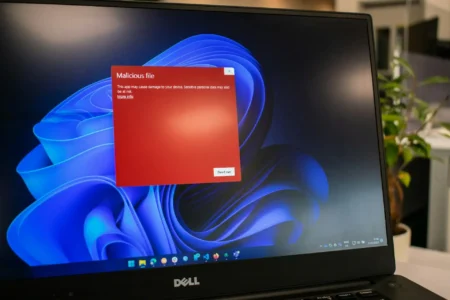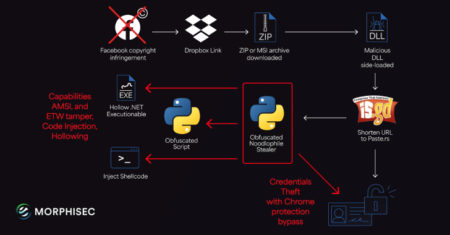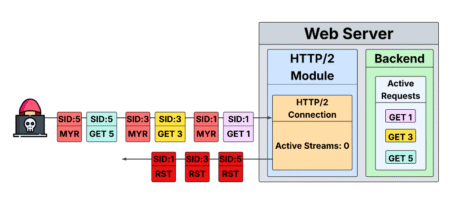CVE ID : CVE-2025-9176
Published : Aug. 20, 2025, 12:15 a.m. | 1 hour, 28 minutes ago
Description : A security flaw has been discovered in neurobin shc up to 4.0.3. Impacted is the function make of the file src/shc.c of the component Environment Variable Handler. The manipulation results in os command injection. The attack is only possible with local access. The exploit has been released to the public and may be exploited.
Severity: 5.3 | MEDIUM
Visit the link for more details, such as CVSS details, affected products, timeline, and more…










